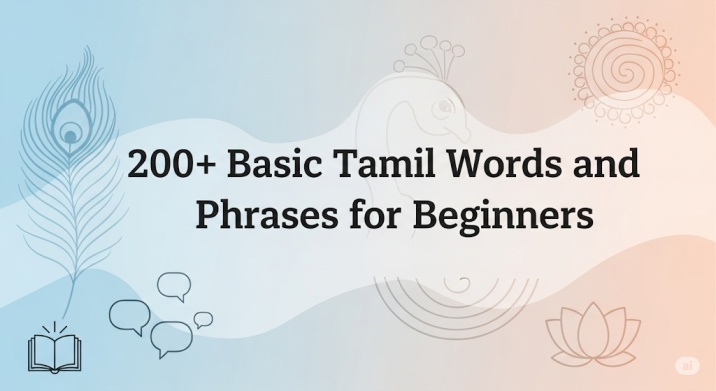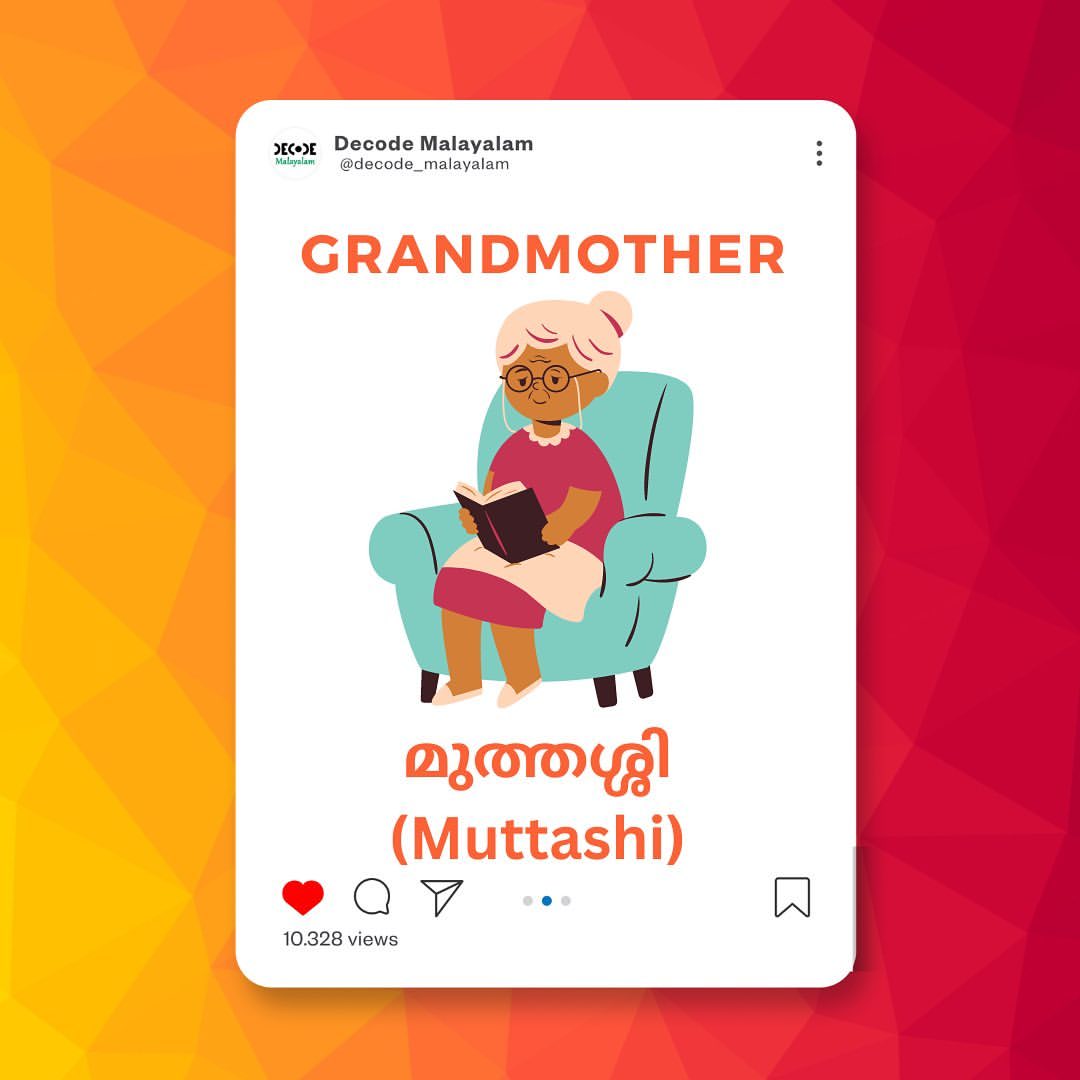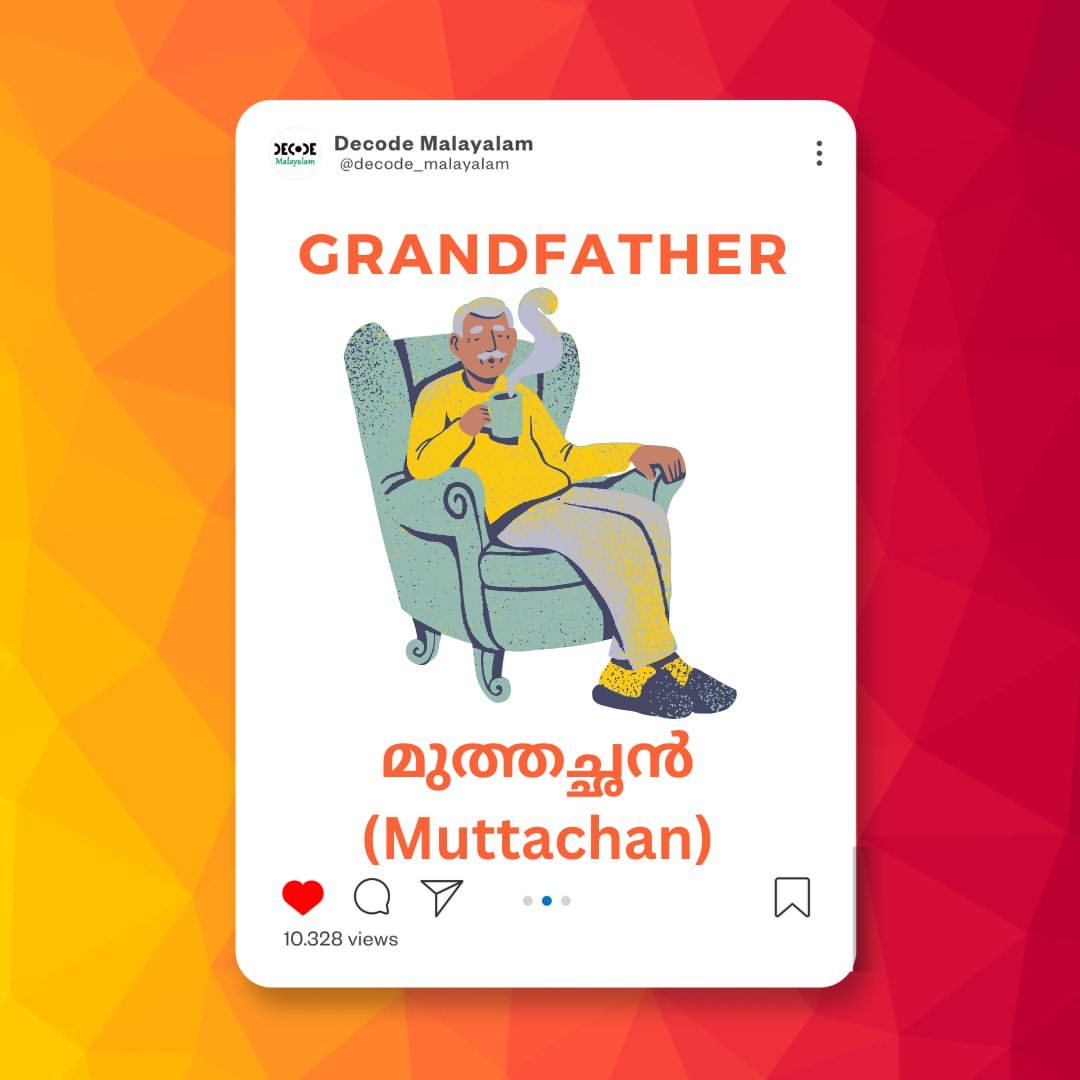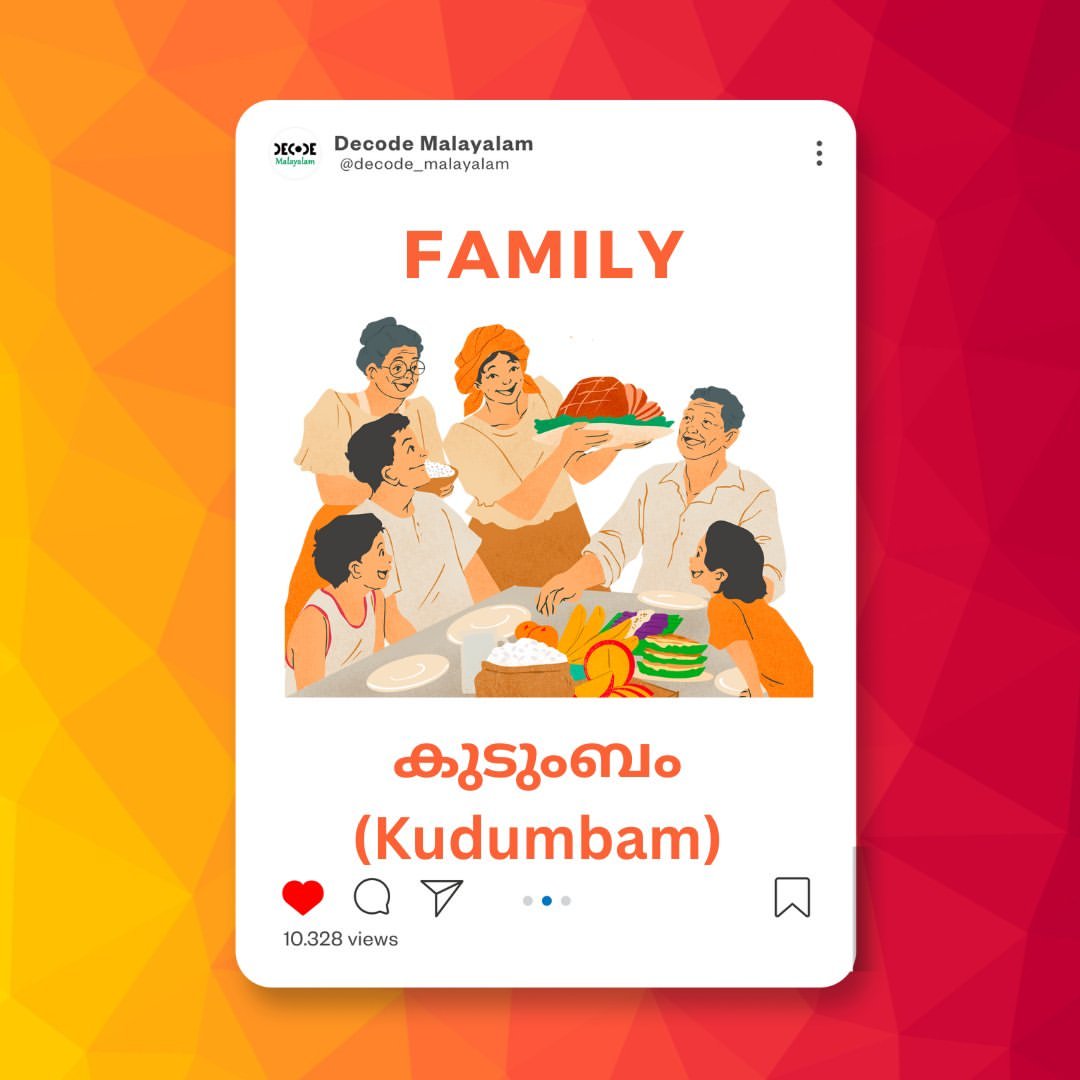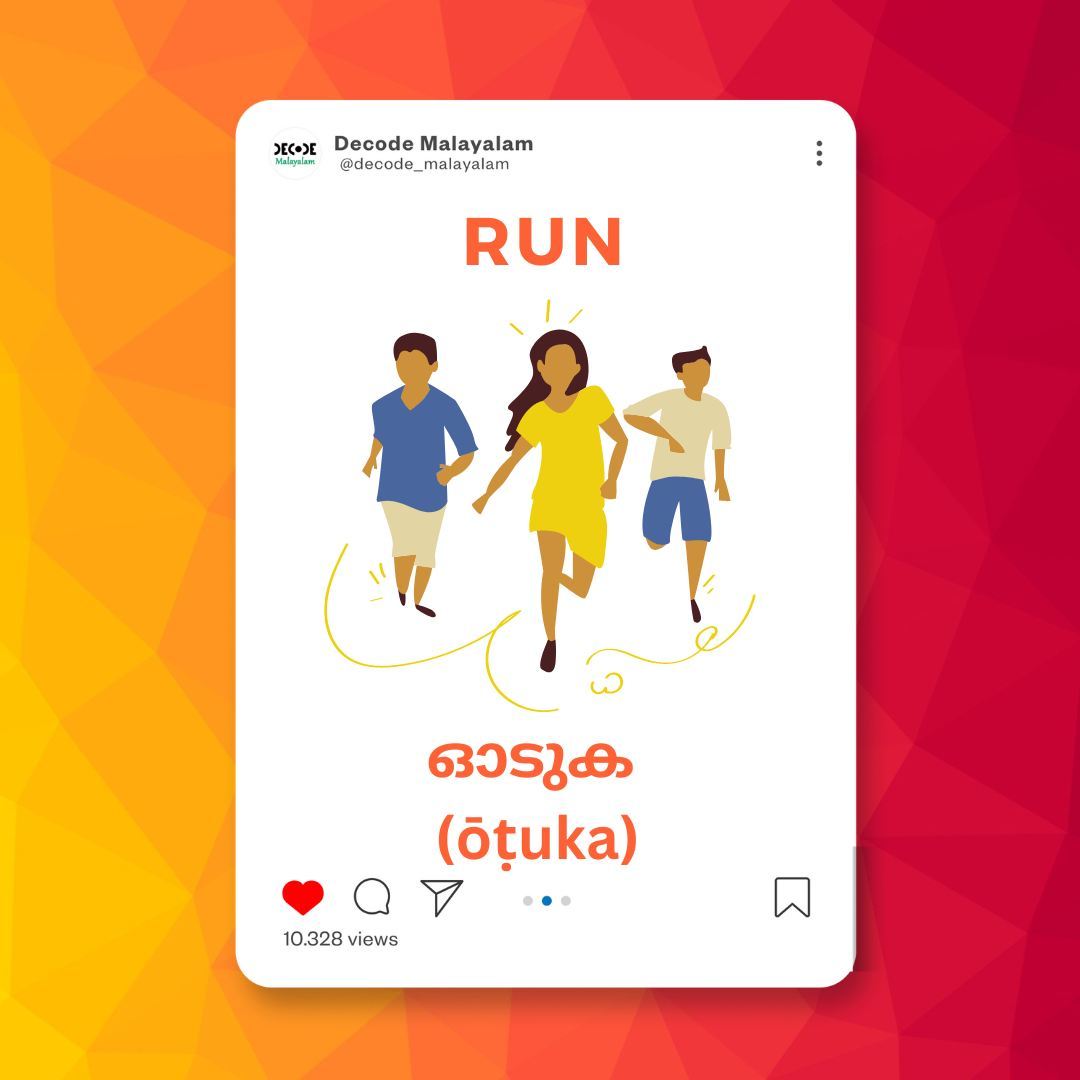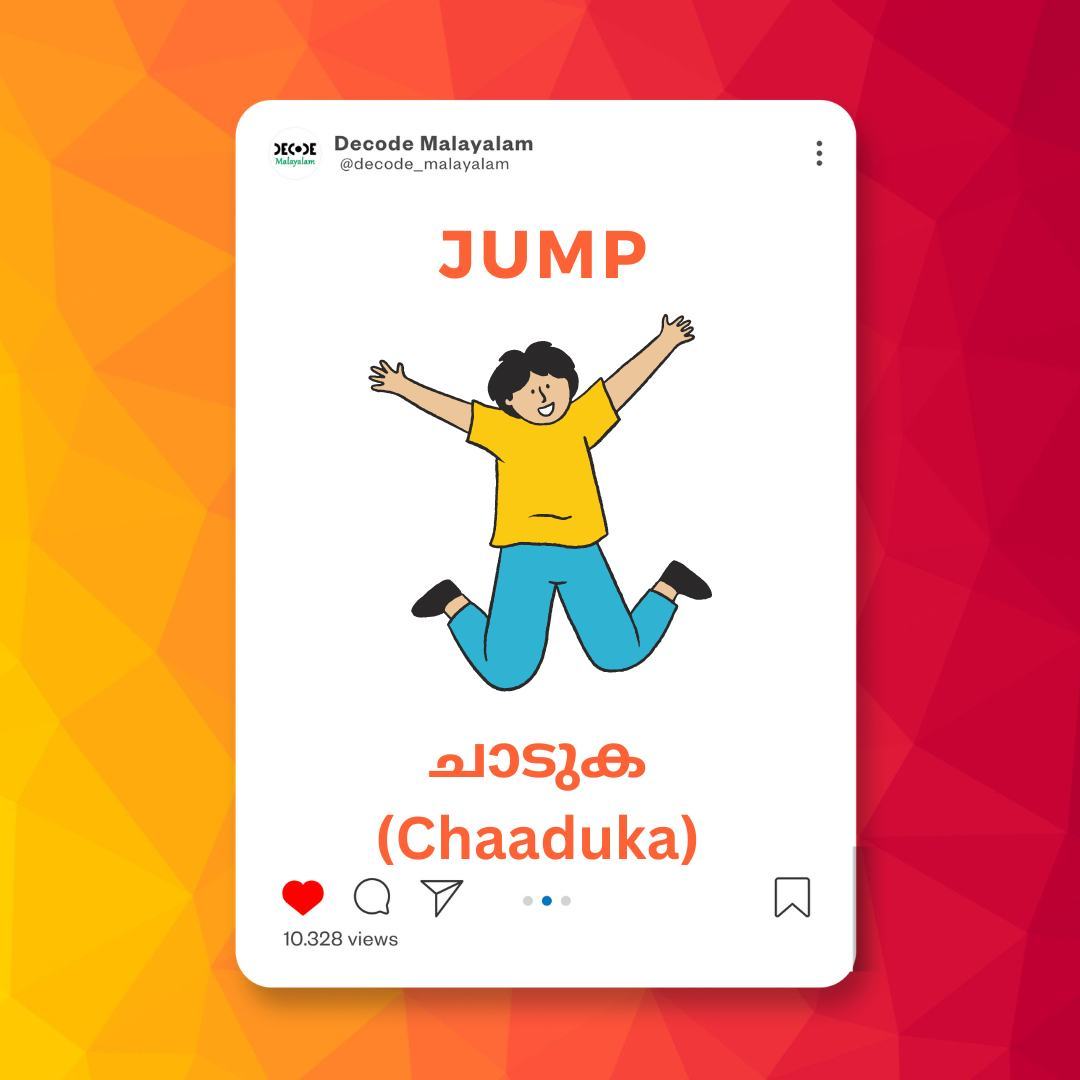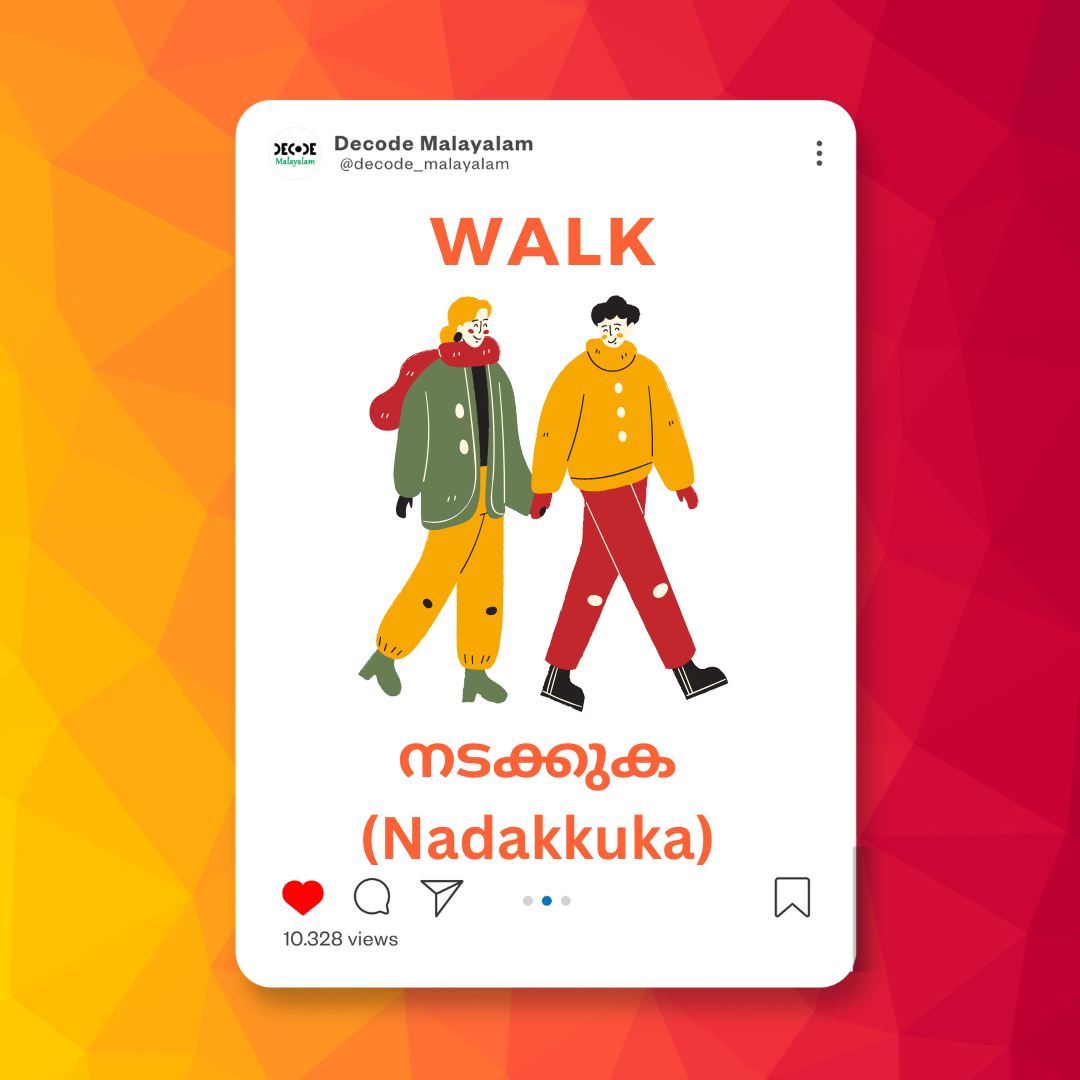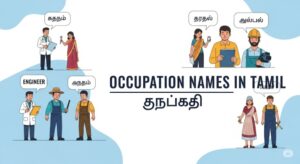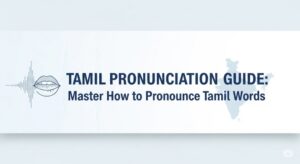200+ Basic Tamil Words and Phrases for Beginners: Your Ultimate Guide to Speaking Tamil
வணக்கம் (Vanakkam)! Welcome to your first step in learning the beautiful and ancient language of Tamil. If you’ve ever been captivated by the rich culture of Tamil Nadu or the vibrant streets of Chennai, you’ve probably heard the melodic flow of Tamil. Maybe you’ve even been intrigued and wanted to join in the conversation. Well, you’ve come to the right place.
Learning a new language can feel like a daunting task, but it’s also an incredibly rewarding experience. It opens up new cultures, connects you with people in a more personal way, and even sharpens your cognitive skills. Our goal with this guide is to break down the language into manageable, bite-sized pieces so that you can start using basic Tamil words and phrases in your daily life right away. We’ll focus on practical vocabulary you can use for travel, making friends, and understanding the world around you. 🗺️
This article is designed specifically for global beginners—people who have little to no prior knowledge of Tamil. We’ll use a simple transliteration system to help you pronounce words correctly, along with their English translations. Let’s get started!
The Foundation: Essential Greetings and Polite Phrases
Every conversation starts with a greeting. Mastering these basic Tamil words will not only help you start a conversation but also show respect and a genuine interest in the culture.
- Hello / Greetings: வணக்கம் (Vanakkam)
- Thank you: நன்றி (Nandri)
- Please: தயவுசெய்து (Thayavu seithu)
- Sorry / Excuse me: மன்னிக்கவும் (Mannikkavum)
- How are you? எப்படி இருக்கிறீர்கள்? (Eppadi irukkireergal?)
- I am fine: நான் நன்றாக இருக்கிறேன் (Naan nandraaga irukkiraen)
- What is your name? உங்கள் பெயர் என்ன? (Ungal peyar enna?)
- My name is… என் பெயர்… (En peyar…)
- Yes: ஆம் (Aam)
- No: இல்லை (Illai)
- Okay: சரி (Sari)
Pro Tip: “Vanakkam” isn’t just a greeting. It’s a respectful salutation used to say hello, goodbye, and even as a general sign of reverence. It’s a single word that carries a lot of meaning and is a must-know for any beginner.
Building Your Vocabulary: Key Words for Everyday Use
Now that you know the essentials, let’s expand your vocabulary. We’ll categorize words to make them easier to remember and use in context.
Family and Relationships 👨👩👧👦
- Mother: அம்மா (Amma)
- Father: அப்பா (Appa)
- Brother (elder): அண்ணன் (Annan)
- Sister (elder): அக்கா (Akka)
- Brother (younger): தம்பி (Thambi)
- Sister (younger): தங்கை (Thangai)
- Friend: நண்பன் (Nanban)
Food and Dining ☕
Tamil cuisine is famous for its bold flavors and unique dishes. Here are a few words to help you navigate a restaurant or market.
- Water: தண்ணீர் (Thanneer)
- Coffee: காபி (Kaapi)
- Tea: தேநீர் (Theneer)
- Food: உணவு (Unavu)
- Rice: சோறு (Soru)
- Curry: குழம்பு (Kuzhambu)
- Breakfast: காலை உணவு (Kaalai unavu)
- Lunch: மதிய உணவு (Mathiya unavu)
- Dinner: இரவு உணவு (Iravu unavu)
- Delicious: சுவையானது (Suvaiyanathu)
- I am hungry: எனக்குப் பசிக்கிறது (Enakkup pasikkirathu)
- I am thirsty: எனக்கு தாகமாய் இருக்கிறது (Enakku thaagamaai irukkirathu)
Numbers 🔢
Numbers are crucial for everything from bargaining at a market to giving someone your phone number.
- One: ஒன்று (Ondru)
- Two: இரண்டு (Irandu)
- Three: மூன்று (Moondru)
- Four: நான்கு (Naangu)
- Five: ஐந்து (Aindhu)
- Six: ஆறு (Aaru)
- Seven: ஏழு (Yezhu)
- Eight: எட்டு (Ettu)
- Nine: ஒன்பது (Onbadu)
- Ten: பத்து (Pathu)
Places and Directions 📍
Getting around a new place is much easier when you know some basic directions.
- Where is…? … எங்கே இருக்கிறது? (… Enge irukkirathu?)
- Here: இங்கே (Inge)
- There: அங்கே (Ange)
- Go straight: நேராக செல்லவும் (Neraga sellavum)
- Left: இடது (Idathu)
- Right: வலது (Valathu)
- Road: சாலை (Saalai)
- Bus stand: பேருந்து நிலையம் (Perundhu nilaiyam)
- Railway station: ரயில் நிலையம் (Rayil nilaiyam)
Expanding Your Horizons: Intermediate Words & Concepts
Once you have a handle on the basics, you can start building more complex sentences. This section introduces words that will help you express yourself more fluently.
Verbs and Actions 🏃♂️
- To do: செய் (Sei)
- To go: போ (Po)
- To come: வா (Vaa)
- To see: பார் (Paar)
- To eat: சாப்பிடு (Saappidu)
- To drink: குடி (Kudi)
- To speak: பேசு (Pesu)
- To read: படி (Padi)
- To write: எழுது (Yezhuthu)
Time and Weather 🌦️
- Today: இன்று (Indru)
- Tomorrow: நாளை (Naalai)
- Yesterday: நேற்று (Nettru)
- Morning: காலை (Kaalai)
- Evening: மாலை (Maalai)
- Night: இரவு (Iravu)
- Rain: மழை (Mazhai)
- Sun: சூரியன் (Sooriyan)
- Hot: சூடான (Soodaana)
- Cold: குளிர்ச்சியான (Kulirchiyaana)
Simple Sentences for Conversation
Stringing words together is the key to communication. Here are some simple, ready-to-use Tamil sentences you can practice.
- Where are you going? நீங்கள் எங்கே போகிறீர்கள்? (Neengal enge pogireergal?)
- I need help: எனக்கு உதவி வேண்டும் (Enakku udhavi vendum)
- I don’t understand: எனக்குப் புரியவில்லை (Enakkup puriyavillai)
- I love you: நான் உன்னை விரும்புகிறேன் (Naan unnai virumbugiraen)
- What is this? இது என்ன? (Idhu enna?)
- How much is this? இது எவ்வளவு? (Idhu evalavu?)
- Can you speak English? உங்களுக்கு ஆங்கிலம் பேசுவீர்களா? (Ungalukku aangilam pesuveergaala?)
Why Is Learning Tamil So Rewarding?
Tamil is not just a language; it’s a gateway to one of the world’s oldest living cultures. As a Dravidian language, it has a history that stretches back over 2,500 years. Learning Tamil allows you to:
- Connect with a rich history: Read ancient literature, listen to traditional music, and understand the origins of many words used in modern English. For instance, did you know that the English word “candy” is believed to be derived from the Tamil word “kandi” (கண்டி), meaning lump of sugar? Similarly, “cash” is thought to come from “kaasu” (காசு).
- Communicate with millions: Tamil is spoken by over 75 million people worldwide, primarily in Tamil Nadu, Sri Lanka, and Singapore. Being able to converse in Tamil opens up travel and professional opportunities in these regions.
- Impress native speakers: Showing that you’ve made an effort to learn their language is a sign of respect that is deeply appreciated by native speakers. It can lead to new friendships and more authentic experiences.
Your Next Steps: From Words to Fluency
Learning a language is a marathon, not a sprint. The best way to achieve fluency is through consistent practice. Here are a few tips to help you on your journey:
- Use a language learning app: Apps like Duolingo, Memrise, or others can provide structured lessons to build your vocabulary and grammar skills.
- Watch Tamil movies and listen to music: This is a fun and effective way to get used to the natural rhythm and sounds of the language. Start with movies that have English subtitles and try to pick out the words you’ve learned.
- Find a language partner: Practice speaking with someone who is a native Tamil speaker or another learner. You can find language exchange partners on platforms like Tandem or HelloTalk.
- Practice daily: Even just 10-15 minutes a day can make a huge difference. Review the words in this guide and try to use them in your thoughts or daily conversations.
Conclusion
Congratulations on taking this first, crucial step toward learning Tamil! By mastering these basic Tamil words and phrases, you have laid a strong foundation for your language journey. Remember, every expert was once a beginner. The key is to be patient with yourself, practice regularly, and most importantly, enjoy the process.
Happy learning! வாழ்த்துக்கள் (Vaazhthukkal)!


